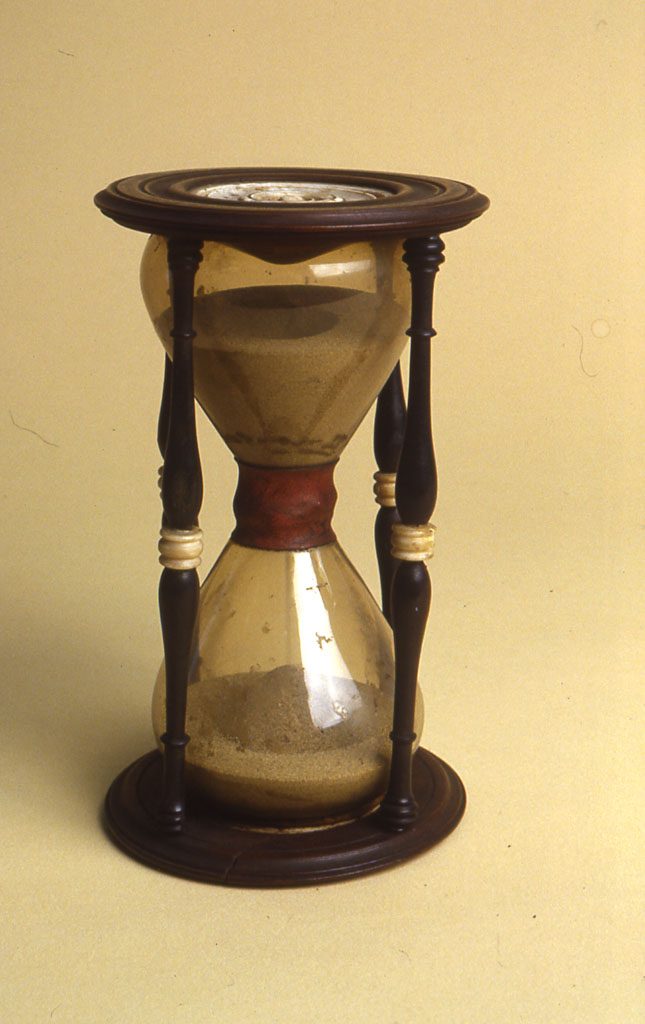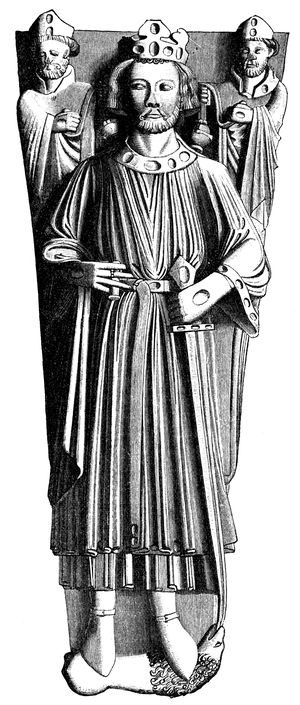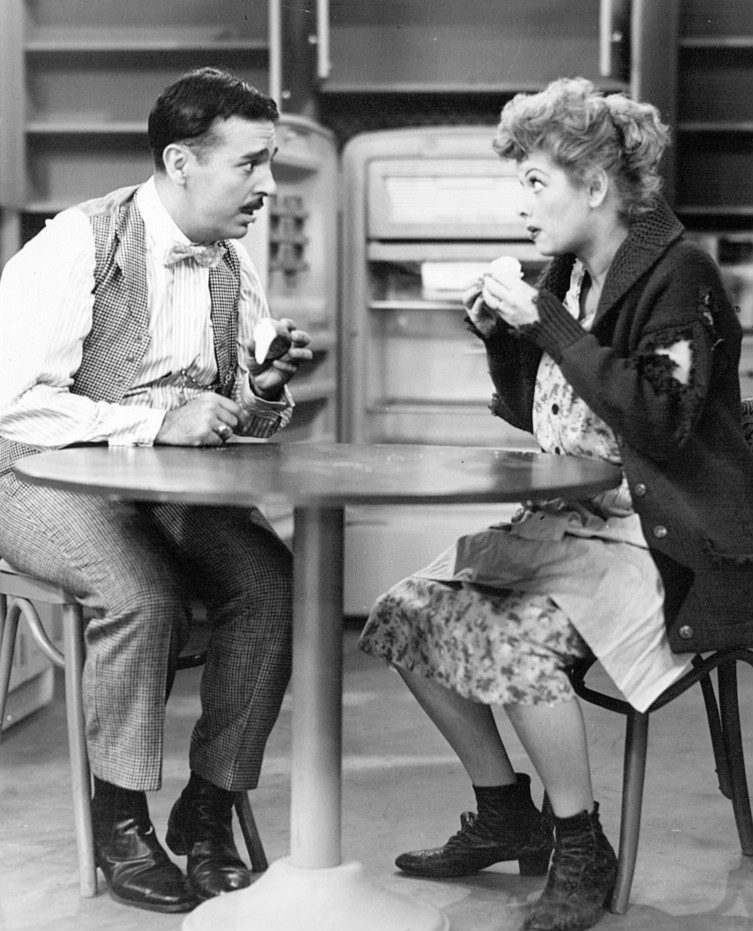Description
The history of timekeeping devices dates back to when ancient civilizations first observed astronomical bodies as they moved across the sky. Devices and methods for keeping time have gradually improved through a series of new inventions, starting with measuring time by continuous processes, such as the flow of liquid in water clocks, to mechanical clocks, and eventually repetitive, oscillatory processes, such as the swing of pendulums. Oscillating timekeepers are used in modern timepieces. Sundials and water clocks were first used in ancient Egypt c. 1200 BC and later by the Babylonians, the Greeks and the Chinese. Incense clocks were being used in China by the 6th century. In the medieval period, Islamic water clocks were unrivalled in their sophistication until the mid-14th century. The hourglass, invented in Europe, was one of the few reliable methods of measuring time at sea.







